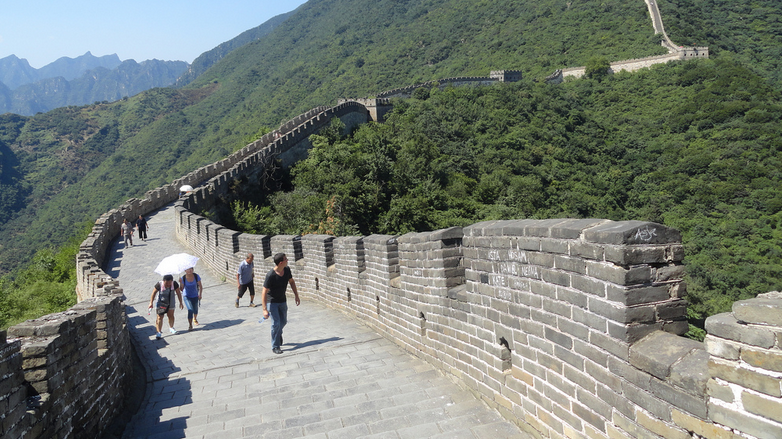
Graffiti is an ancient practice—just check out all the scandalous wall scratches in Pompeii. But adding new graffiti to ancient objects is generally frowned upon, at least until now. The Chinese government is turning a section of the Great Wall of China into a graffiti playground, allowing visitors to leave their marks in the millennia-old structure.
The graffiti section will organized at Mutianyu, a relatively uncrowded section of the Great Wall outside of central Beijing. Archaeologists who are suddenly terrified at the prospect of thousands of tourists carving up a world heritage site, worry not—much of Mutianyu is actually a reconstructed version of the Great Wall rather than the real thing.
Where ancient sections of the wall are sand-colored and worn, Mutianyu is dark grey, clean-cut, and solid. It’s also far easier to walk on. Though the sprawling construction is still impressive, it’s definitely not authentic, and it might even be improved by a little touch of humanity.
More Must-Reads From TIME
- The 100 Most Influential People of 2024
- Coco Gauff Is Playing for Herself Now
- Scenes From Pro-Palestinian Encampments Across U.S. Universities
- 6 Compliments That Land Every Time
- If You're Dating Right Now , You're Brave: Column
- The AI That Could Heal a Divided Internet
- Fallout Is a Brilliant Model for the Future of Video Game Adaptations
- Want Weekly Recs on What to Watch, Read, and More? Sign Up for Worth Your Time
Contact us at letters@time.com